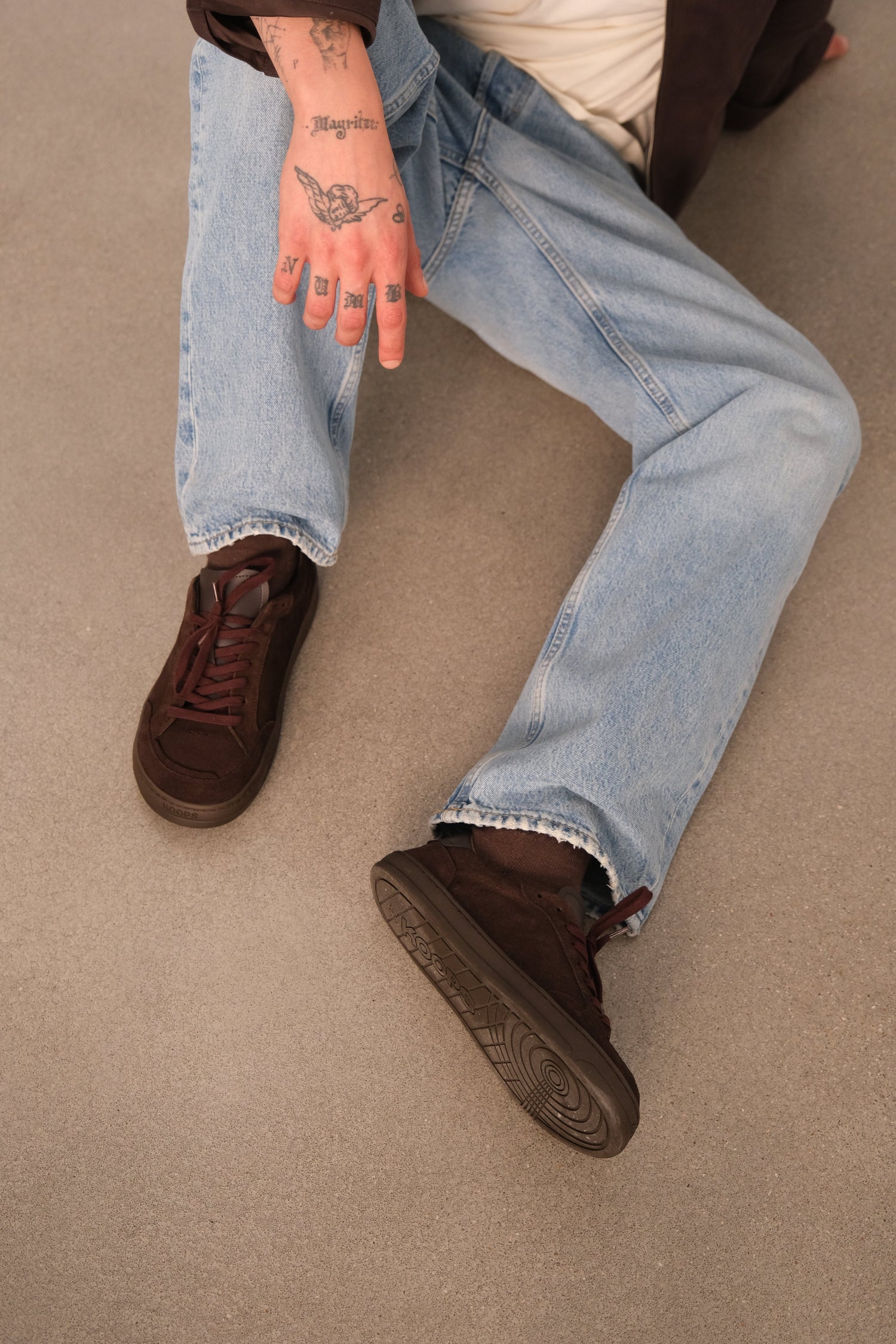¿Puedo usar tacones estando embarazada?
What Happens to the Body During Pregnancy
Pregnancy brings significant changes to the body’s structure and biomechanics. As the baby grows, weight distribution shifts and the center of gravity moves forward. This affects balance, stability, and the way the feet absorb impact. Ligaments also tend to loosen due to natural hormonal responses, increasing joint mobility and making each step feel different. Understanding these changes is essential when choosing safe and supportive footwear.
How Heels Affect Balance and Posture
Wearing heels during pregnancy can amplify postural shifts that already place extra stress on the back and hips. Elevated heels push the body forward, forcing the lower back to arch more than usual. This combination increases tension in the lumbar area and reduces overall stability. For many pregnant women, this makes walking riskier and raises the likelihood of fatigue or discomfort.

Risks of Wearing Heels During Pregnancy
Although heels may still feel manageable during early pregnancy, they pose several risks as the body continues to change. Reduced balance increases the chances of slips or falls, which can be dangerous. Pressure on the forefoot becomes more intense, potentially leading to swelling, numbness, or pain. Heels also affect circulation, making it harder to manage common symptoms such as cramps or ankle swelling.
Hormonal Changes and Foot Pressure
Relaxin, a hormone produced during pregnancy, loosens ligaments throughout the body — including those in the feet. This added flexibility, combined with increased body weight, can cause arches to flatten, instability, and changes in foot shape. Wearing heels during this stage can intensify these effects, contributing to discomfort and long-term structural issues.
Comfortable and Safe Alternatives to Heeled Shoes
Choosing supportive, low-impact footwear is one of the safest adjustments during pregnancy. Flat yet structured shoes help distribute weight evenly, improve stability, and reduce strain on the back. Footwear with wide toe boxes allows the feet to expand naturally, especially when swelling occurs. Minimalist or barefoot options offer a grounded feel and encourage healthier movement patterns.
Benefits of Wearing Barefoot Shoes During Pregnancy
Barefoot footwear supports natural movement and helps maintain better balance throughout pregnancy. With a zero-drop sole and flexible construction, these shoes allow the feet to engage fully with the ground. They promote a more neutral posture, reducing the forward tilt caused by heels. Wide toe boxes encourage circulation and help prevent compression in the front of the foot. For comfortable everyday options, explore our barefoot women.

Tips to Care for Your Feet During This Stage
Giving your feet proper attention can make daily movement more comfortable. Gentle stretching, elevating your legs, and wearing supportive footwear can reduce swelling and improve circulation. Alternating between sitting and standing helps avoid excessive pressure on the joints. Choosing shoes that respect your feet’s natural shape — especially barefoot footwear — supports stability and comfort throughout pregnancy.






